South African rand near five-month high before budget, Trump meeting
In DR Congo, M23 rebels’ latest fight is to revive the economy

FILE - A member of the M23 rebel group stands guard at Congo's Central Bank, which has been closed since Goma was taken by M23 rebels, where all banks have closed, in Goma, North Kivu province in the East of the Democratic Republic of Congo, April 7, 2025. [File photo: Reuters/Arlette Bashizi]
The M23 insurgents who routed the Democratic Republic of Congo’s (DRC) army to take control of the eastern part of one of Africa’s most populous nations now face a task as mundane as it is daunting, governing.
The long-term success of their uprising, which aims to overthrow the current leadership in the capital of Kinshasa, requires showing they can bring order and prosperity to the regions they already hold.
Whether they can pull it off depends largely on reviving the economy in seized areas that are home to more than five million people.
Virtually all banks are closed. Currency shortages abound. With supply chains disrupted, prices of some staples have jumped. Now residents are finding themselves subject to new taxes imposed by the insurgents, who need money to finance their revolution.
The changes can be seen near the town of Rubaya, where M23 has moved quickly to tighten its grip on a slice of Congo’s vast mineral wealth.
Small, artisanal mines there produce around one-sixth of the world’s supply of coltan, a metallic ore crucial to the production of smartphones and other electronic devices.
M23 now charges a tax of 15% on the value of that coltan production, according to rebel officials and traders who disclosed that figure for the first time to Reuters.



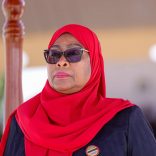

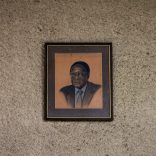
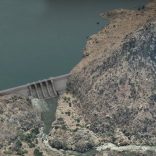
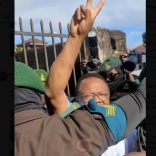

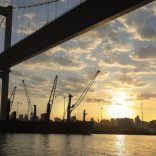
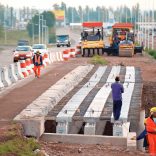

Leave a Reply
Be the First to Comment!
You must be logged in to post a comment.
You must be logged in to post a comment.